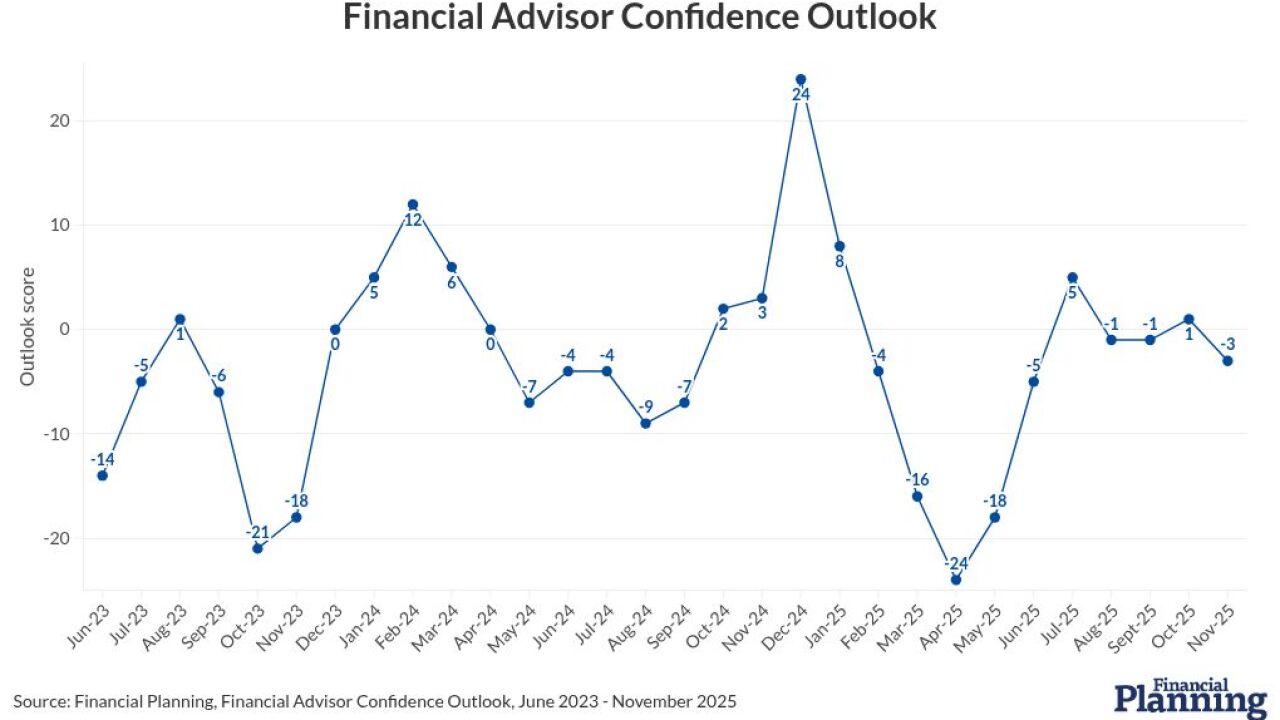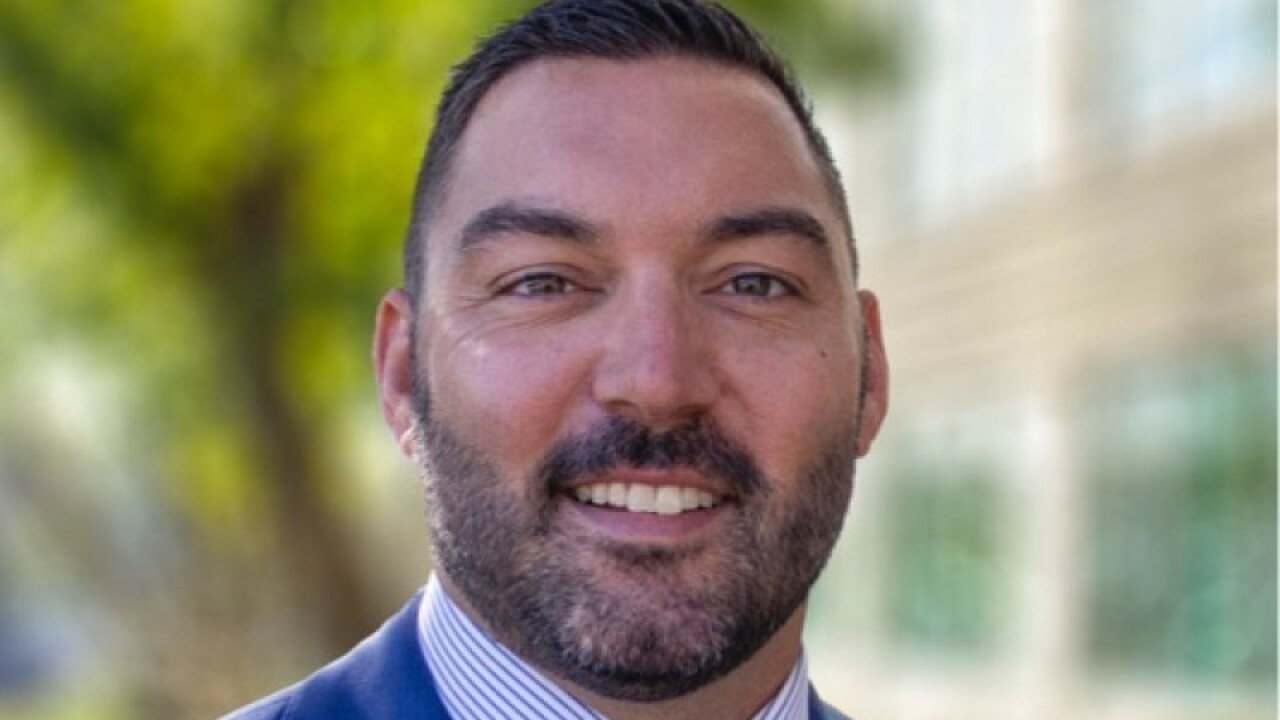If your client has an IRA, the Roth conversion conversation will inevitably come up.
The essence of optimal tax planning is to always pay taxes when tax rates are lower. But that’s similar to saying always buy low and sell high. So when is the correct time to buy, or pay the lowest tax to convert to a Roth IRA?
Of course, that is generally an unknown, as clients cannot accurately predict what tax bracket they will be in after retirement. Yes, retirees do often find themselves in a lower bracket in that stage of life as their income decreases, but this is not a given.
A Roth conversion from a traditional IRA means paying taxes before you are legally required to. That’s a hard pill to swallow, especially for tax advisors like myself who are hard-wired to always defer taxes.
Besides trying to estimate what a client’s future tax rate may be, you might look to other more practical reasons to convert, or not.
TAX INSURANCE
While future tax rates are unknown, the Roth IRA conversion offers an opportunity to insure against higher tax rates. By converting now, when actual rates are known, clients never have to worry about what will happen if tax rates increase in the future. They’ve already paid the bill and are shielded against a tax increase.
Some clients like this idea and have converted for this reason, even if they are unsure if their future tax rate will be lower in retirement. Under this view, the client’s future tax rate on their Roth IRA funds is zero. Other than a drastic change in the tax law, this brings certainty during retirement, which can help a client feel better about their choices.
The argument could be made for the opportunity cost of converting. The taxes paid on the Roth conversion means the loss of income on those funds. However, not converting means the IRA funds continue to grow tax-deferred. That growth will be subject to future taxes when the funds must be withdrawn at potentially higher tax rates.
As clients reach retirement, they often want more certainty and less guesswork. They don’t want to worry about what future higher taxes might do to their retirement savings. These people choose to convert to put the tax bill behind them. Now they can be sure there will be no bill coming due in retirement, when they need the money the most and at a rate they really can’t plan for.
TAX-RISK DIVERSIFICATION
Diversification in investing means not having all your eggs in one basket. The same principle applies to taxes. It pays to have some level of tax diversification, where some funds are tax-free, some are tax-deferred, some are growing in taxable accounts and some are subject to capital gains rates. Some funds held until death will never be subject to income taxes, due to the step-up in basis (however, the step-up never applies to IRA funds). The point is that each of these baskets has its place in tax-risk diversification.
A Roth conversion is a way to fill up the tax-free basket as a hedge against potentially costly future tax increases. Remember, too, that a Roth IRA conversion is not an all-or-nothing choice. Good tax diversification might mean doing a partial conversion or systematic partial Roth conversions over the years to keep income in a lower bracket while still converting something each year.
This way, if tax rates do increase, the Roth funds will be more valuable.
AVOIDING RMDS
Roth IRAs have no lifetime required minimum distributions. Once the tax is paid to convert, Roth funds will generally be tax-free forever, even to beneficiaries, although Roth IRA beneficiaries are subject to RMDs.
Eliminating RMDs is one reason some clients choose to convert, regardless of future tax rates. Most clients despise RMDs. Clients generally don’t need the money and don’t like being forced to take the annual withdrawals. They don’t like the loss of control on their retirement distributions.
Forced RMDs not only increase their tax bill each year, but can also trigger other taxes (such as the 3.8% tax on net investment income for high earners or the tax on Social Security benefits) and can swell the overall tax bill by having certain benefits including deductions, exemptions or tax credits phased out.
This will happen every year, and the effect will be greater each year because the RMD income increases with age, especially if the IRA balance grows more than the annual distributions. In some cases, though, increasing medical deductions could offset the RMD income.
But you cannot always plan ahead for that. It could be that, in the future, some medical deductions could be wasted if all the retirement funds were in a Roth IRA.
Many clients are happy with the control they have over when or if they want to withdraw from their Roths. Most of them don’t withdraw anything, and any withdrawals they do take won’t trigger the additional stealth taxes.
LOSSES OR HIGH DEDUCTIONS
If clients have heavy business losses or high deductions, advisors should be evaluating a potentially low- or no-cost Roth conversion. A net operating loss, for example, could generate a negative adjusted gross income, allowing more low-cost Roth conversions to pass through.
Likewise, high medical bills or other large deductions could warrant a Roth conversion. Advisors should look for these opportunities to move IRA funds to Roth IRAs at the lowest tax rates for that client. It may be a one-year-only opportunity.
AVOIDING IRA TRUST TAXES
A Roth conversion can avoid high trust taxes after death for those clients who name a trust as their IRA beneficiary. IRA owners name a trust as their IRA beneficiary mainly for post-death control and protection. These are clients who generally have larger IRAs, say $1 million or more, and are worried about protecting the funds for their heirs.
The problem with some trusts is that they are discretionary trusts, where some portion or all of the inherited IRA funds distributed to the trust — generally the annual RMDs — remain in the trust rather than being paid out to beneficiaries. IRA distributions retained in the trust can trigger high taxes, because trust tax rates are highly compressed.
For example, in 2016 a married couple filing jointly would not hit the top 39.6% income tax rate until taxable income exceeds $466,950, while a trust hits that same rate after only $12,400 of taxable income. That is a huge difference.
RMDs on larger IRAs left to a trust can easily exceed the $12,400 threshold, pushing a large share of that amount into the top tax bracket. This can be corrected by instead using a conduit trust, where all funds distributed from the inherited IRA to the trust pass through the trust to the beneficiaries and eliminate any trust taxes. That is a good approach, but sometimes control issues trump taxes and the IRA owner wants to make sure the trustee has discretion to retain funds in the trust, regardless of the high taxes.
This is where a Roth conversion makes sense. If your client is naming a discretionary trust as his IRA beneficiary, then consider converting to a Roth IRA and leaving the Roth IRA to that trust. That will eliminate trust taxes on distributions paid to the trust after death and held in the trust. The client gets to have the post-death control he wanted for his IRA and avoid income taxes on distributions from the inherited Roth IRA to the trust. There is likely to be a big tax on the conversion, especially if this is a large IRA, but that is the cost to avoid high trust taxes in the future, if it is deemed likely the inherited funds will be retained in the trust.
Also, because we’re talking about large IRAs here, if the client’s estate is big enough to be taxable, the payment of the conversion tax reduces the estate tax. The Roth IRA is still included in the estate, but the tax paid on the conversion is no longer in the estate.
One obvious reason not to convert is if the client does not have the money to pay the conversion tax. No one should ever go broke converting to a Roth; it isn’t worth it. If the client has limited funds, then future taxes may not be an issue anyway.
BENEFICIARIES’ TAX RATES
A client once told me there was no reason to convert to a Roth IRA for his children, because he was sure they will be in a much lower tax bracket when they withdraw whatever is left of his IRA after his death.
How could he be so sure? He told me his three sons were all “losers” and would always be in a low tax bracket. If that is the case, he is right not to convert, because not only would his children be in a low tax bracket, but the tax bill will effectively be split over three tax returns.
They will pay much less tax on their inherited IRA withdrawals than he would pay to convert. This goes back to the essence of tax planning I began this article with — paying taxes when rates are lower. Sometimes you do know if future tax rates will be lower, and this is a prime example.
The Roth conversion evaluation is going to be an ongoing process, as long as a client maintains tax-deferred IRAs or other retirement savings. You never know when the time will be right for a Roth conversion, so it pays to do at least an annual review and consider practical aspects, in addition to the tax planning.
Ed Slott, a CPA in Rockville Centre, N.Y., is a Financial Planning contributing writer and an IRA distribution expert, professional speaker and author of several books on IRAs. Follow him on Twitter at
Read more:





